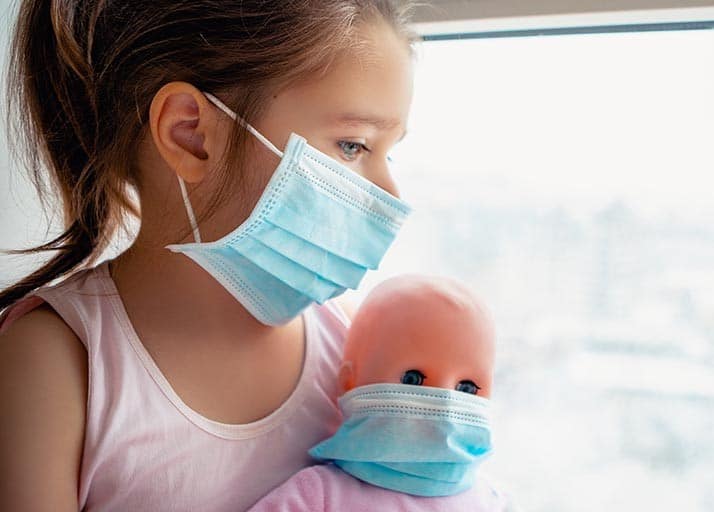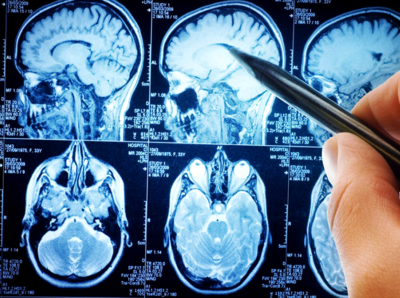

In today’s age, technology can be found everywhere you turn. We use it for cell phones, computers, tablets, and countless other things. While we’ve seen how beneficial technology can be in terms of socialization as well as medical advancements, it’s one of those things that should be consumed responsibly.
Using technology too close to bedtime or failing to consume it cautiously has the potential to negatively affect sleep quality. To learn more about how sleep works with the body and the effects technology has in terms of that, read on below.
Have you ever heard a person talk about their “circadian rhythm” being messed up? Well, “circadian rhythm” is just the fancy title to the way your body perceives time, and it dictates when you feel awake and when you feel sleepy. While a person’s circadian rhythm may differ slightly from another person’s, it’s set up the same way in everyone.
Most people typically go through between 4-6 stages of sleep every night. While time differs between stages, they usually last around 90 minutes each. Of the four main stages of sleep, there are two types: Non-rapid-eye-movement sleep (NREM) and rapid-eye-movement sleep (REM). Three of these four are different stages of NREM, and each happens before the body reaches REM sleep.
In NREM sleep, the first stage is commonly referred to as “dozing off.” This stage is where your body starts to slow its internal activity down to set you up for full sleep. The stage after this, your body goes into a subdued state, and your temperature drops slightly. The third stage, also known as “restorative sleep,” is where your body has a chance to recover and grow. The immune system also restores itself during this period.
REM sleep, on the other hand, is often referred to as the “dream state.” This is the stage where you can most vividly see your dreams, and the REM stage also helps your memory and creativity too.
So, what happens when an outside factor comes in that has the potential to mess that rhythm up? Outside factors, technology specifically, can have detrimental effects on your mood and overall health when consumed too close to bedtime. The part of your brain that handles your circadian rhythm is especially sensitive to light.
When we use electronics in the dark during bedtime, blue light is emitted. Blue light emits short wavelengths that are known to affect the release of melatonin into the body. Melatonin is the hormone responsible for initiating sleep. When melatonin can’t be released into the body, sleep problems like insomnia are more likely to occur.
Studies have also shown that increased blue light exposure can negatively affect your REM and NREM3 sleep stages. These two stages are most responsible for your memory and mood, so messing these up can have harmful effects on both your mental and physical health.
Children are the most susceptible to developing issues from blue light. Because their brains are still developing, blue light frequencies constantly interrupting the brain’s circadian rhythm can stunt mental and physical growth. Plus, when they’re sleep-deprived Trusted Source Sleep, Learning, and Memory | Healthy Sleep Sleep, learning, and memory are complex phenomena that are not entirely understood. However, animal and human studies suggest that the quantity and quality of sleep have a profound impact on learning and memory. healthysleep.med.harvard.edu , they’re far more likely to perform poorly in school than otherwise.
Technology doesn’t have to be a villain. However, it’s up to you to be smart about the amount of consumption you use. Consuming technology responsibly and putting electronics up before bed will help you maintain consistent sleep cycles. Without any blue light interruptions, your body is set up to have better quality sleep, and your health will be all the better for it.





